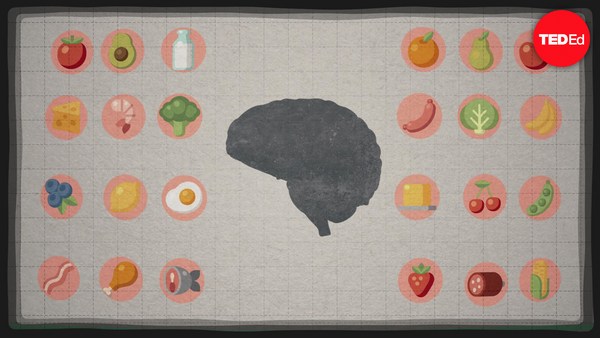A throbbing, pounding headache. Bright zigzagging lines across your field of vision. Sensitivity to light, lingering fatigue, disrupted sleep.
A migraine can include any of these symptoms. While an incapacitating headache is one of the most common experiences of migraine, the word “headache” doesn’t really capture the wide array of experiences a migraine can entail. No two are alike, and some don’t even involve a headache.
So what then is a migraine? What’s happening in the brain to cause it?
To trace a migraine’s anatomy, we have to begin in the days and hours leading up to a migraine, when people often identify warning signs ranging from fatigue or mood changes, to bursts of yawning, sleep disruption, nausea, light and sound sensitivity, or even increased thirst. These warning signs point to a particular part of the brain: the hypothalamus. The hypothalamus normally controls the systems behind these symptoms— our body’s internal hormonal balances, circadian rhythms and water regulation. It has wide connections throughout the brain, and is more active than usual in the days before migraine.
Another common warning sign is the migraine aura, which can take the form of transient visual changes, tingling, or even trouble speaking. These sensations come from a change in charge across cell membranes that leads to spreading changes in brain activity and blood flow across the brain. We don't know what triggers this change in charge, but it can spread quickly over the surface of the brain, causing different aura symptoms depending on the affected area. If it inches over the visual cortex, for example, it may cause an image or blind spot to spread over the visual field.
During the headache phase, the trigeminal nerve plays a key role. The trigeminal nerve normally transmits touch, temperature, and other sensations from the skin to most of the face, part of the scalp, and some of the blood vessels and layers covering the cerebral cortex. Once activated, the trigeminal nerve transmits pain signals. During a migraine, this pain pathway becomes sensitized, meaning the threshold for provoking pain is lowered. Sensations that would usually be pain-free, such as coughing, bending over, or light and sound, can become painful.
Migraines are as common as they are diverse, affecting as many as 33% of women and 13% of men in their lifetimes. Still, there’s much we don’t know about them. We can see that migraine is a neurological disorder affecting multiple parts of the brain— the brainstem, cerebral hemispheres, and the nerves themselves. But we don't know for sure what exactly triggers each step, why some people get migraines and not others, why so many more women do than men, or why people’s migraine patterns sometimes change over their lifetimes. Hormonal fluctuations are thought to have a role in some of these things: some women experience a significant reduction in migraine frequency after menopause, when sex hormone fluctuations are fewer. Meanwhile, just before menopause, these fluctuations increase, and some women experience worsening or new headaches.
People with migraines are more likely to suffer from depression, panic disorder, sleep disorders, and strokes, among other illnesses. The relationship with these diseases is likely complex, possibly reflecting the effect of migraine on those diseases or vice versa, or reflecting their shared genetic basis. Genetics almost certainly play a role, although with a few exceptions, there’s no single gene that causes migraines. Certain genes control how easily our brains’ neurons are excited by environmental stimuli and how readily they transmit painful signals. It’s possible that the neurons in the brains of people who experience migraines are more easily triggered by environmental stimuli and less likely to block painful signals.
While there’s no simple way to explain what happens in our brains with this complex disorder, one thing is for sure: migraine is much more than a headache.


